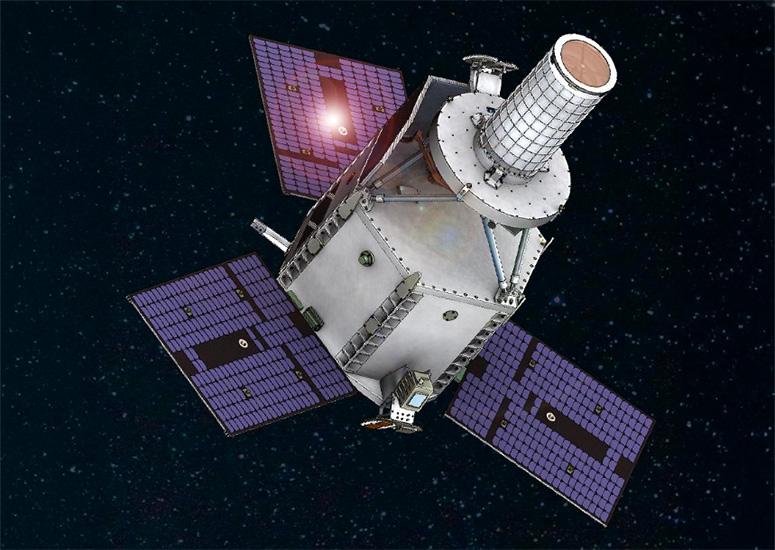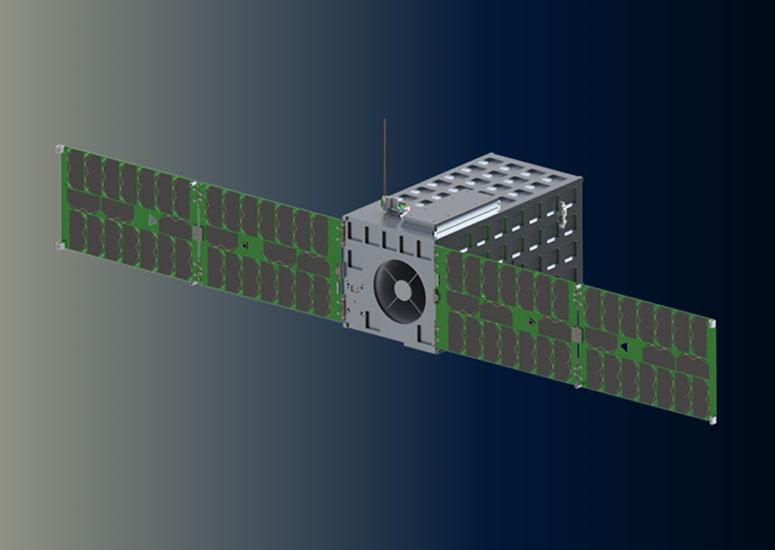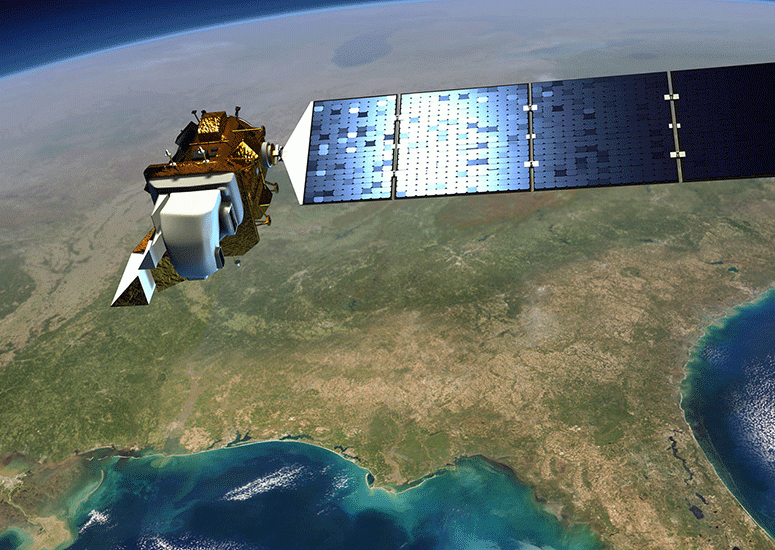-

NASA selects NSF NCAR heliophysics mission for continued development
NASA has selected the Chromospheric Magnetism Explorer (CMEx) for an extended period of concept development.
- Sun + Space Weather
-

NSF NCAR mini-satellite will give scientists a detailed view of the Sun’s chromosphere
NSF NCAR was selected by NASA to construct a breadbox-sized satellite that will give scientists a powerful new tool to observe the Sun’s chromosphere, a poorly understood region of the solar atmosphere where the energy that powers solar storms builds up before being released.
- Sun + Space Weather
-

As the atmosphere changes, so will its response to geomagnetic storms
Rising concentrations of carbon dioxide in the upper atmosphere will change how geomagnetic storms impact Earth in ways that have implications for thousands of orbiting satellites.
- Sun + Space Weather
-

Shedding light on the source of solar storms
Scientists at the U.S. National Science Foundation National Center for Atmospheric Research (NSF NCAR) are developing COSMO to address the need for more advance warning of CMEs heading towards our planet. The ground-based solar observatory would transform humanity’s fundamental understanding of the formation of solar eruptions and other space weather that can affect technologies – and therefore the lives and livelihoods of people – on Earth.
- Sun + Space Weather
-

Small-scale solar explosion reveals big clues about magnetic reconnection
Using the world’s largest solar telescope, a team of scientists has captured one of the most detailed views ever of a microflare – a small yet powerful solar explosion. The images are helping scientists understand the complexity of magnetic fields powering the Sun’s smallest outbursts.
- Sun + Space Weather
